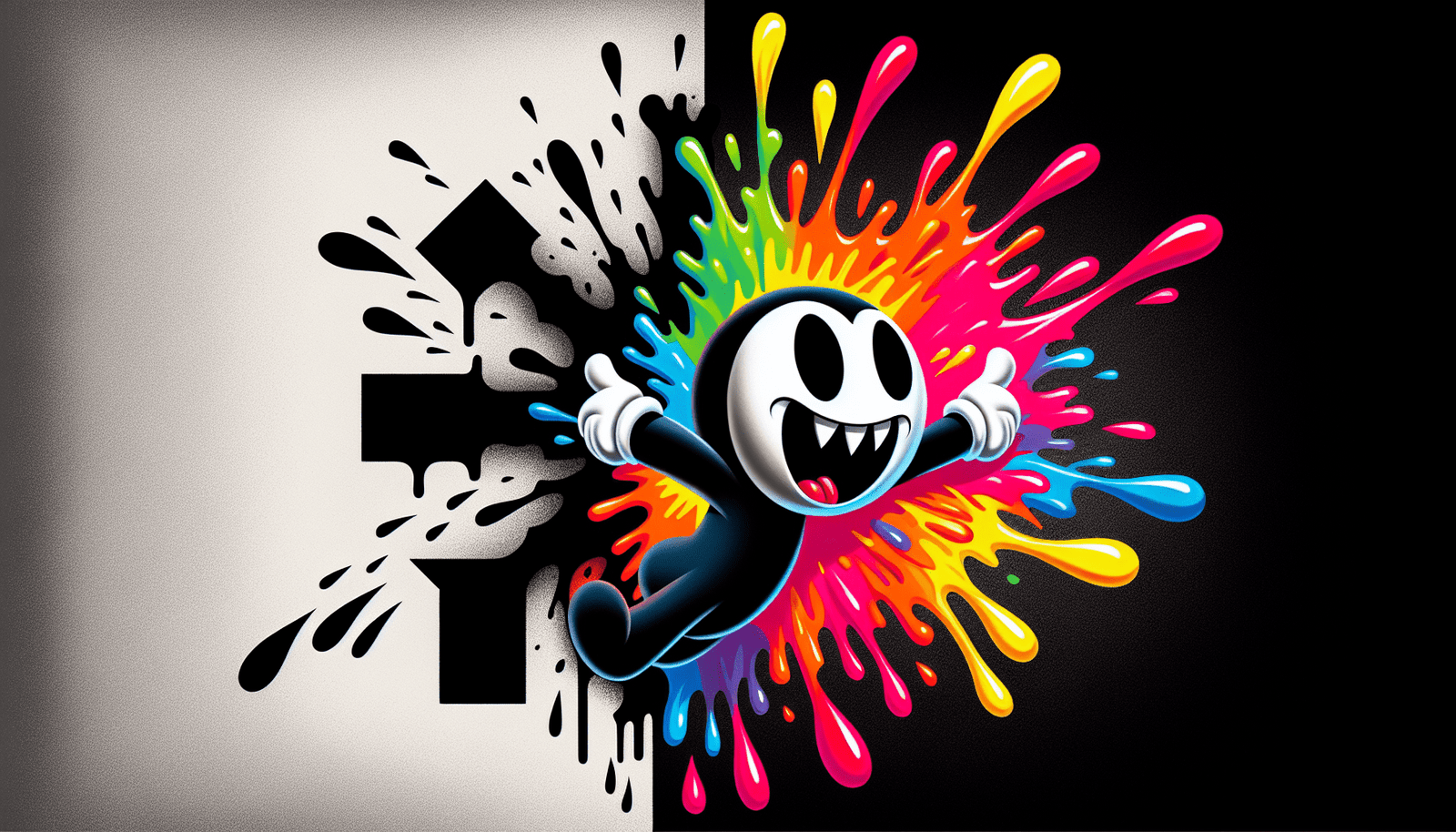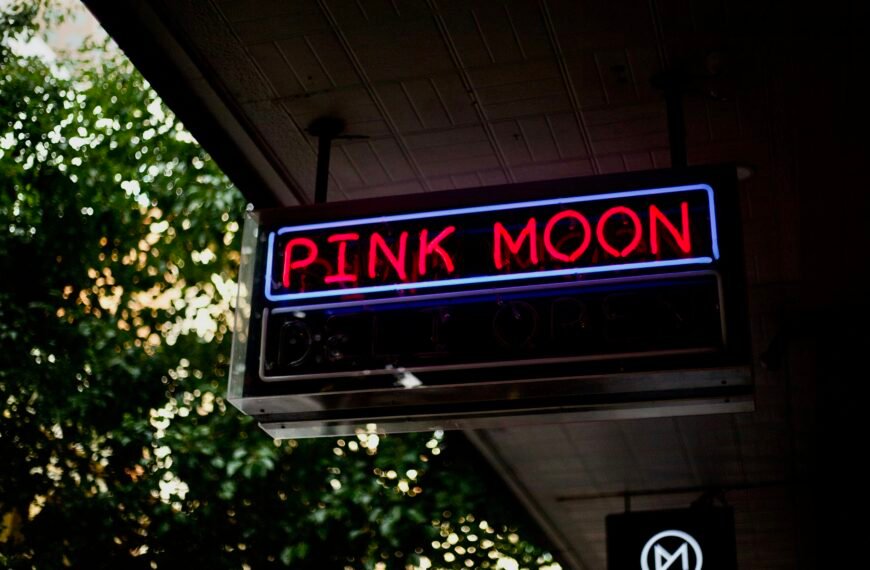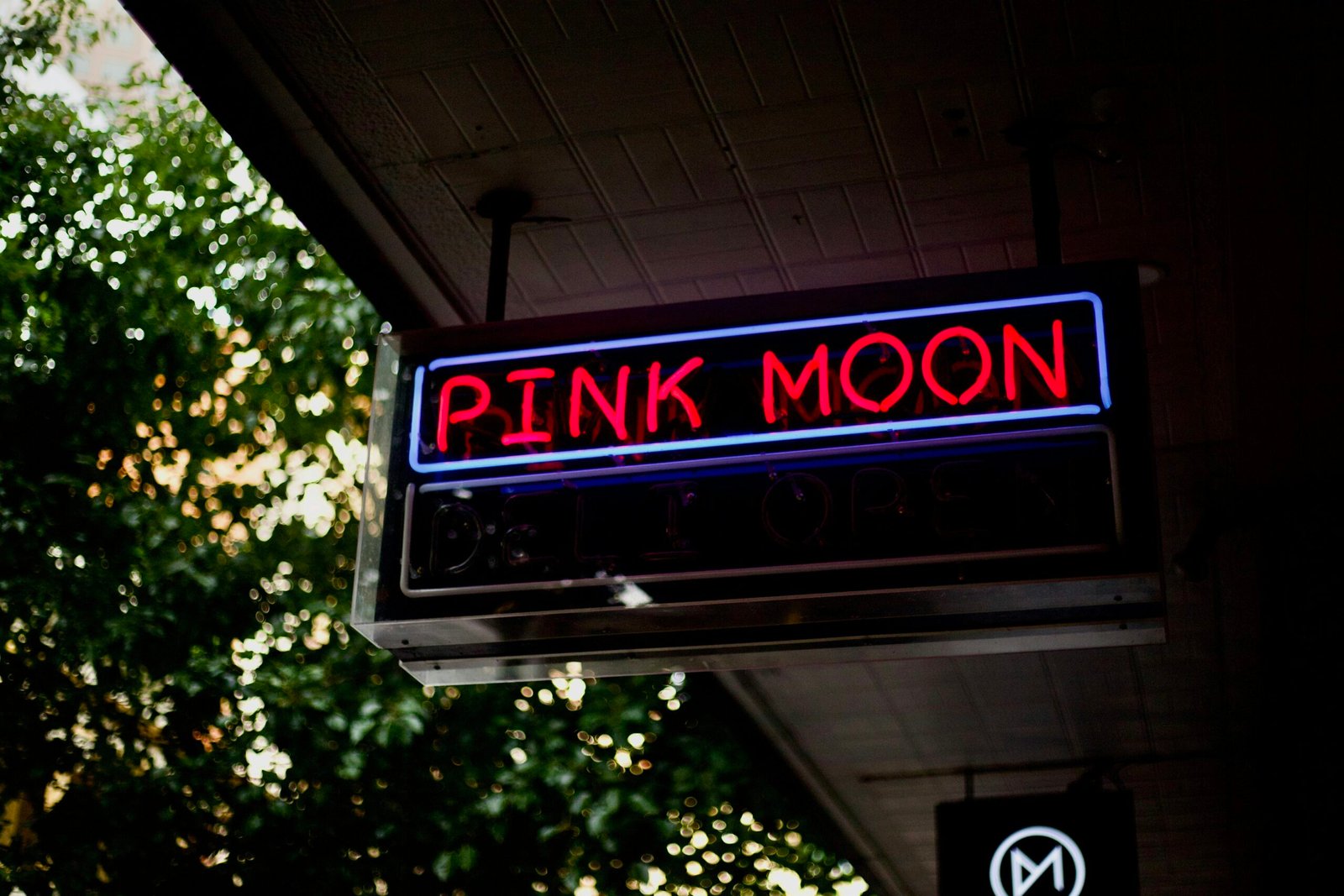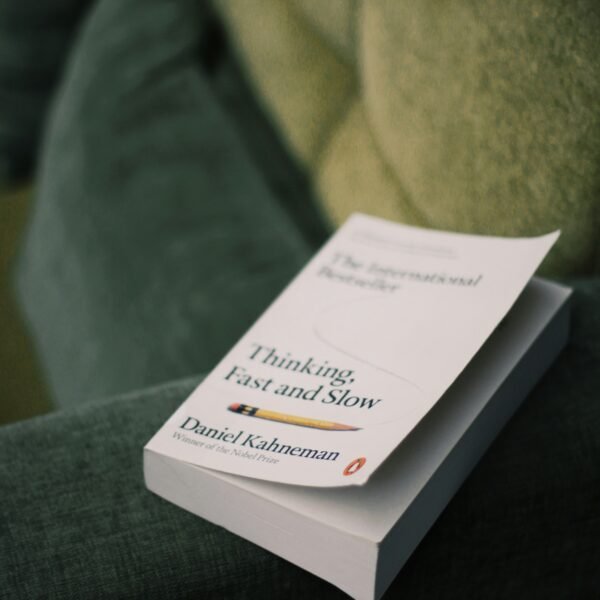What Trenton Doyle Hancock Learned From Philip Guston
If you’ve never heard of Trenton Doyle Hancock or Philip Guston, get ready for a fascinating journey into the art world. Trenton Doyle Hancock, a Texas-based artist, was deeply influenced by the work of Philip Guston, a 20th-century master whose art confronts racism with both horror and humor. In this article, we’ll explore how Hancock’s encounter with Guston’s work was a pivotal moment in his artistic development.
Discovering Philip Guston: A Revelation for Trenton Doyle Hancock
Imagine being a young, aspiring artist working on a powerful piece that delves into the complexities of being Black in America. This was the scenario when Trenton Doyle Hancock, a student at East Texas State University, was introduced to the work of Philip Guston by his printmaking teacher. The encounter with Guston’s figurative, cartoonish paintings, which included images of the Ku Klux Klan, was nothing short of a revelation for Hancock. It opened up a whole new world of possibilities in art that he had never imagined.
The Impact of Philip Guston’s Work on Trenton Doyle Hancock
What happens when an artist encounters the work of a master who reshapes their understanding of art-making? For Trenton Doyle Hancock, it was a transformative experience. Guston’s rich, bulbous, and tangible forms resonated deeply with Hancock, inspiring him to push the boundaries of his own artistic practice. The humor and horror in Guston’s paintings influenced Hancock’s approach to confronting difficult subject matters in his art, infusing it with a unique blend of wit and gravity.
Exploring Themes of Racism, History, and Identity
Art has the power to provoke thought, challenge norms, and spark conversations about important societal issues. In the case of Trenton Doyle Hancock and Philip Guston, racism, history, and identity are recurring themes that permeate their art. By using familiar symbols like books, shoes, and hooded figures, both artists confront viewers with uncomfortable truths about the past and present realities of racism. Through their art, they invite us to reflect on our own roles in shaping a more equitable future.
The Multiverse of Trenton Doyle Hancock
Step into the vibrant, multilayered world of Trenton Doyle Hancock, where colors collide, bodies transform, and characters come to life in intricate detail. Hancock’s art is a reflection of his voracious appetite for culture, evident in the diverse media he incorporates into his work. From sketches dating back to childhood to collaged surfaces in his paintings, Hancock’s studio is a treasure trove of creativity. Each piece in his ever-expanding multiverse tells a story, inviting viewers to immerse themselves in a fantastical realm of imagination.
Connecting the Dots: From Philip Guston to Trenton Doyle Hancock
Artistic influences are like threads that weave a rich tapestry of creativity, connecting artists across time and space. In the case of Philip Guston and Trenton Doyle Hancock, the lineage is clear. From Guston’s daring departure from Abstract Expressionism to Hancock’s bold exploration of race and identity, there is a shared commitment to pushing boundaries and challenging conventions. As viewers, we are fortunate to witness this dynamic interplay between two visionary artists, each contributing to the ongoing conversation about art and society.
In conclusion, the impact of Philip Guston on Trenton Doyle Hancock’s artistic journey is profound. From a chance encounter with Guston’s work to a lifelong commitment to exploring themes of racism, history, and identity, Hancock’s art stands as a testament to the transformative power of influence. By honoring the legacy of artists who have come before him, Hancock continues to push the boundaries of contemporary art, inviting us to see the world in new and unexpected ways.








